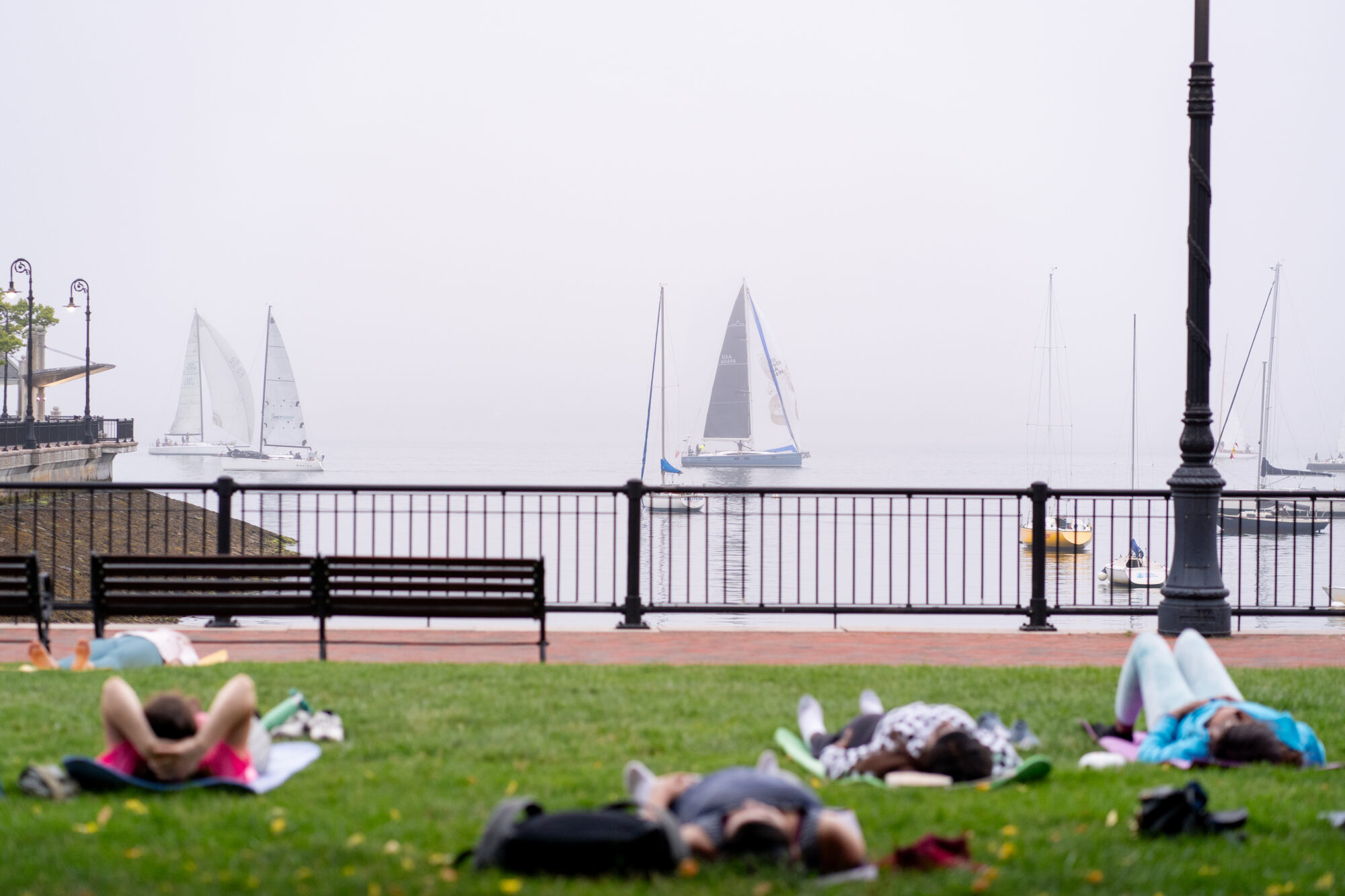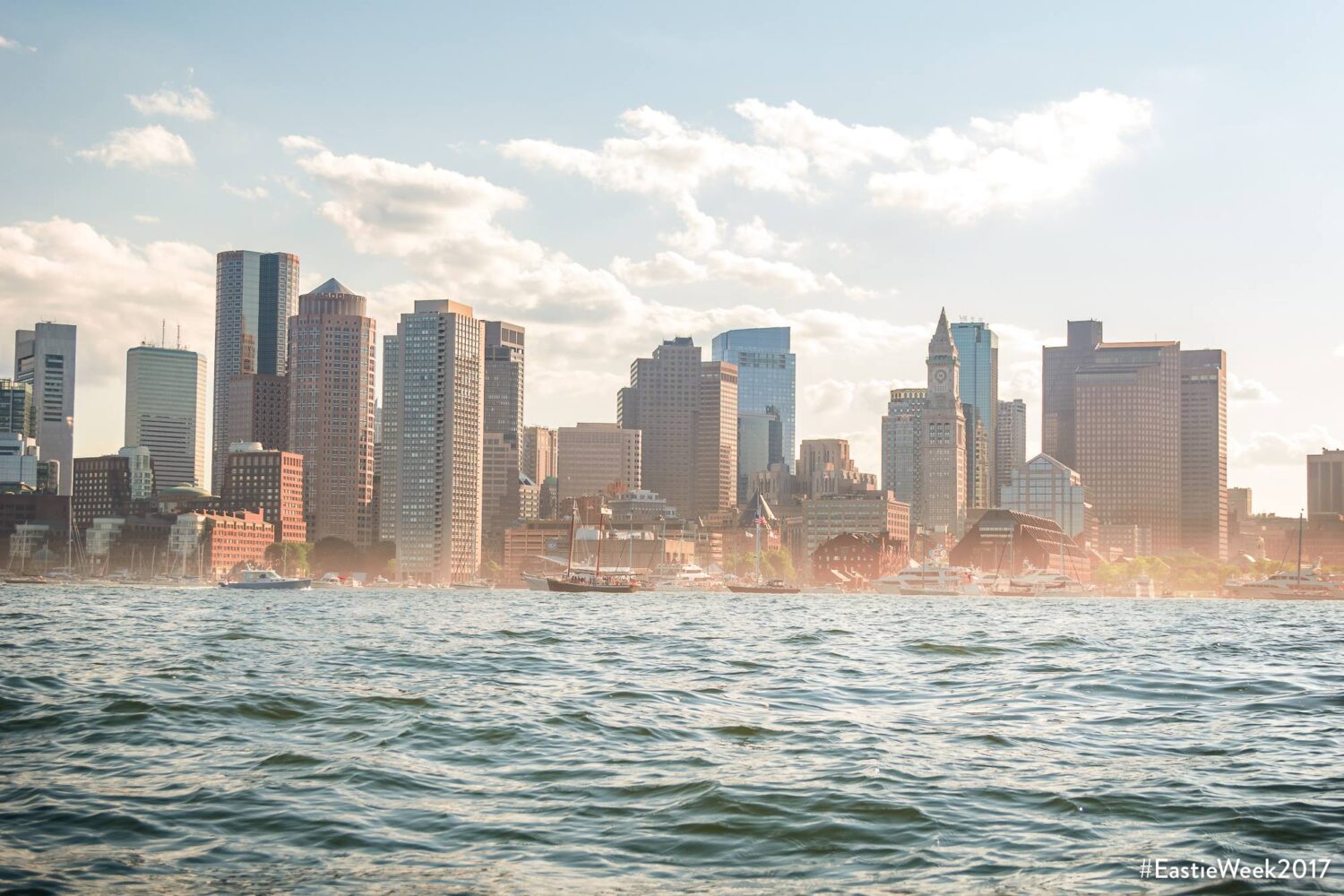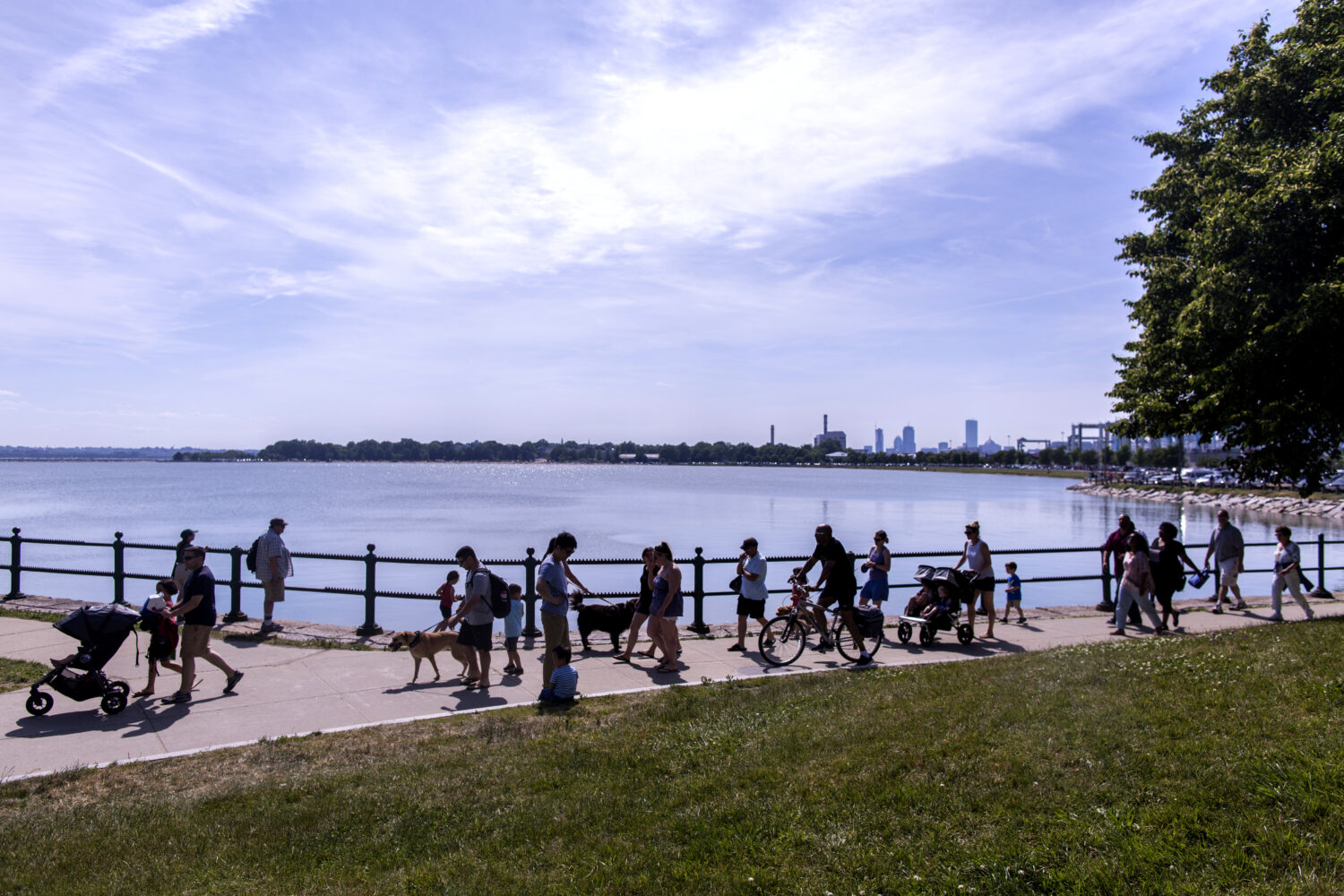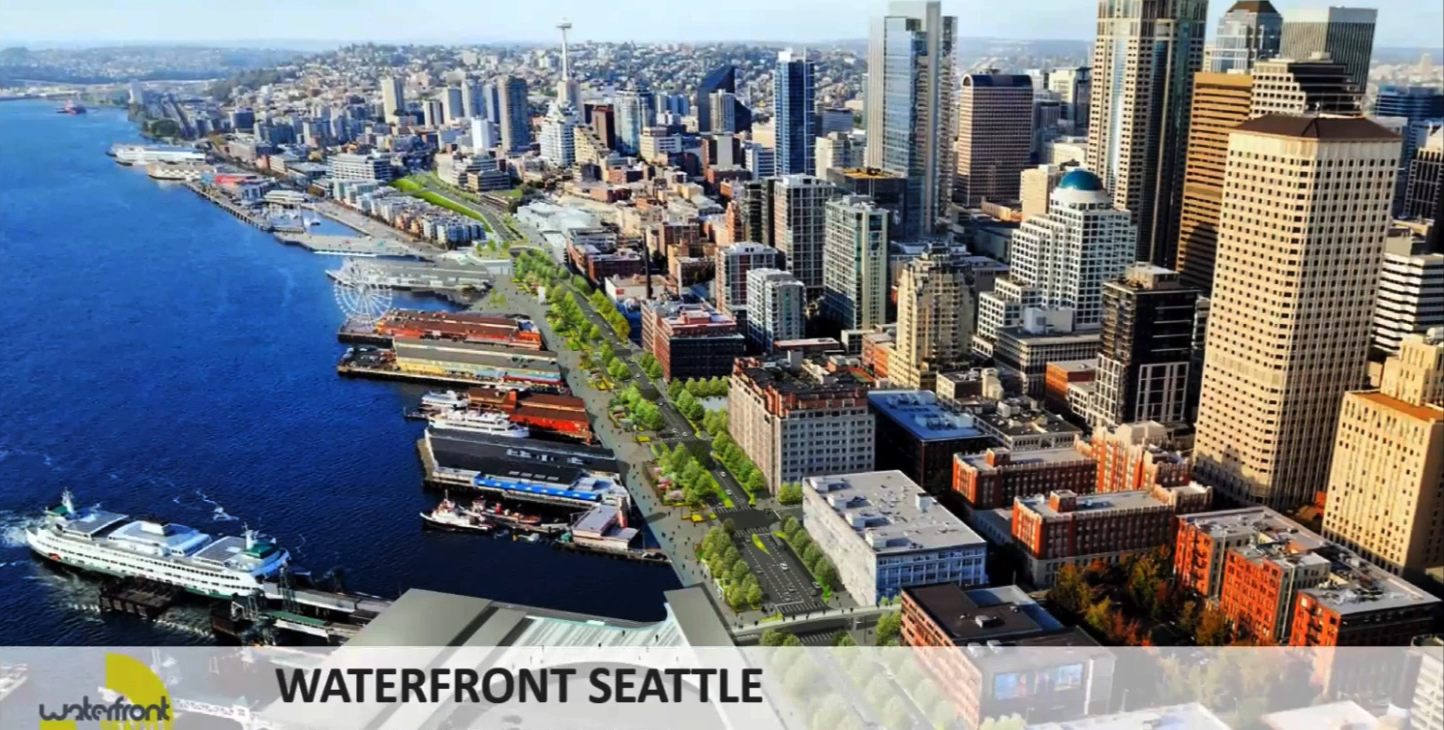
Waterfront Initiative
The Boston Waterfront Initiative aims to create a waterfront that welcomes and reflects the diversity of all Boston neighborhoods.
Established in 1866, Massachusetts’ Chapter 91 law made public access to the waterfront a legal right. Unfortunately, inconsistent application of the law and little coordination among different developments means there many gaps along Boston’s 47-mile waterfront – places that are hard to access, where certain people don’t feel welcome, and that are increasingly vulnerable to climate change.
In 2016, Barr launched its Waterfront Initiative to promote equitable waterfront access and climate resilient development. Recognizing many points of alignment and opportunities for collaboration, the Waterfront Initiative became part of Barr’s Climate Team in 2024.
Building a Waterfront for Everyone
Welcoming
We actively support our grantees to create an inviting and accessible space for everyone, particularly for communities with limited experience enjoying the waterfront.
Fun
We love supporting grantees with bold, creative ideas for exciting, joyful, accessible experiences that everyone can participate in.
Productive
The waterfront is a huge driver of Boston’s thriving economy. We support bold efforts that create jobs and economic opportunities for all.
Resilient
We support grantees leading work to help Boston’s waterfront and inland neighborhoods be better prepared for, and recover from climate impacts like storm surges, flooding, and extreme heat.
Grantmaking Priorities
Our goal is to ensure that people in every neighborhood along Boston’s 47-mile waterfront can access, enjoy, and benefit from this incredible resource. We work to keep the waterfront at the center of policy and planning discussions about resiliency, inclusion, equity, and waterfront-based industries.
Driving Public Engagement
We believe the best solutions result from robust public processes, and we support solutions that are community-driven.
Strengthening Policy Making
We support leaders and change agents working to update regulations and policies that address present-day climate challenges with care and comprehensiveness.
Advancing Breakthrough Ideas
We invest in research and pilot projects to advance and share promising resilient strategies at the local and state level.
Grantmaking in Waterfront Initiative
Piers Park Sailing Center
To provide one-time organizational development support
- Award Date: 08/27/2025
- Amount: $27,500
- Term: 12 months
- Program:
- Strategy:
Piers Park Sailing Center
To provide one time core support
- Award Date: 06/27/2025
- Amount: $300,000
- Term: 24 months
- Program:
- Strategy:
Boston Harbor Now, Inc.
To provide core support for its Boston Harborwalk Initiative program
- Award Date: 02/04/2025
- Amount: $400,000
- Term: 24 months
- Program:
- Strategy:
Waterfront Team

Jill Valdés Horwood
she/her/ella
Former Director, Waterfront Initiative
Waterfront News + Insights
View all View all blog posts
Designated Port Areas: A Generational Opportunity to Create a Thriving Boston Harbor for All

Navigating the Future: Barr’s Waterfront Initiative Sets Course for Next Phase

